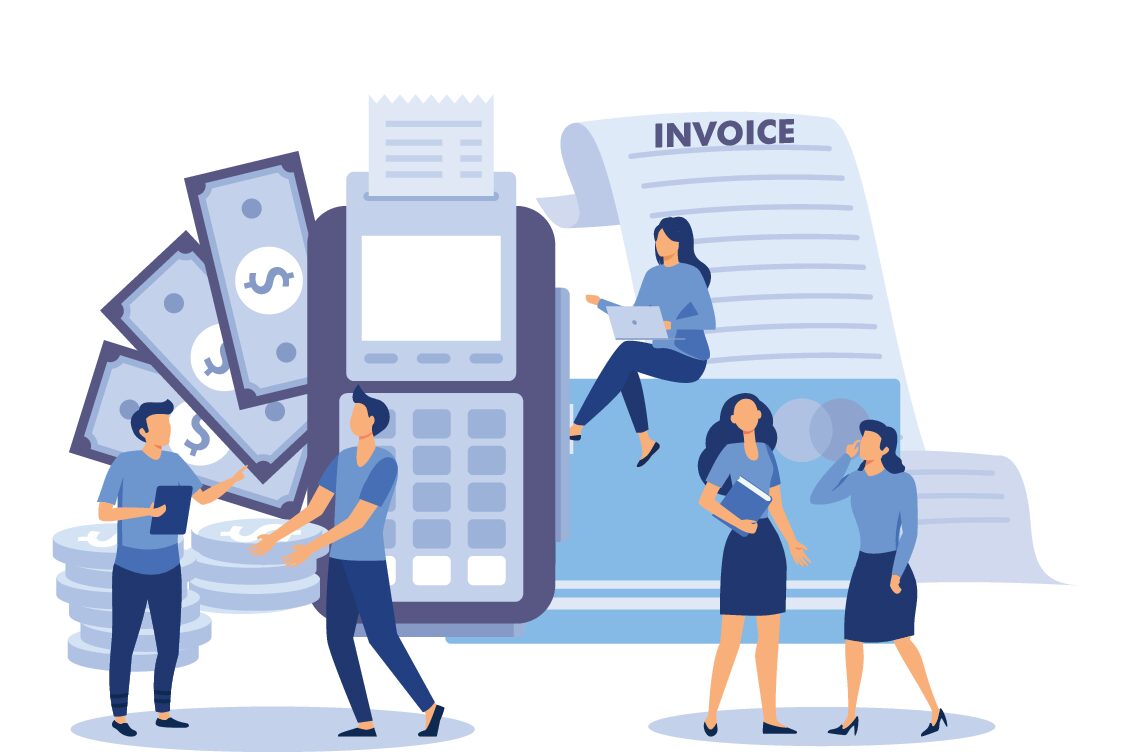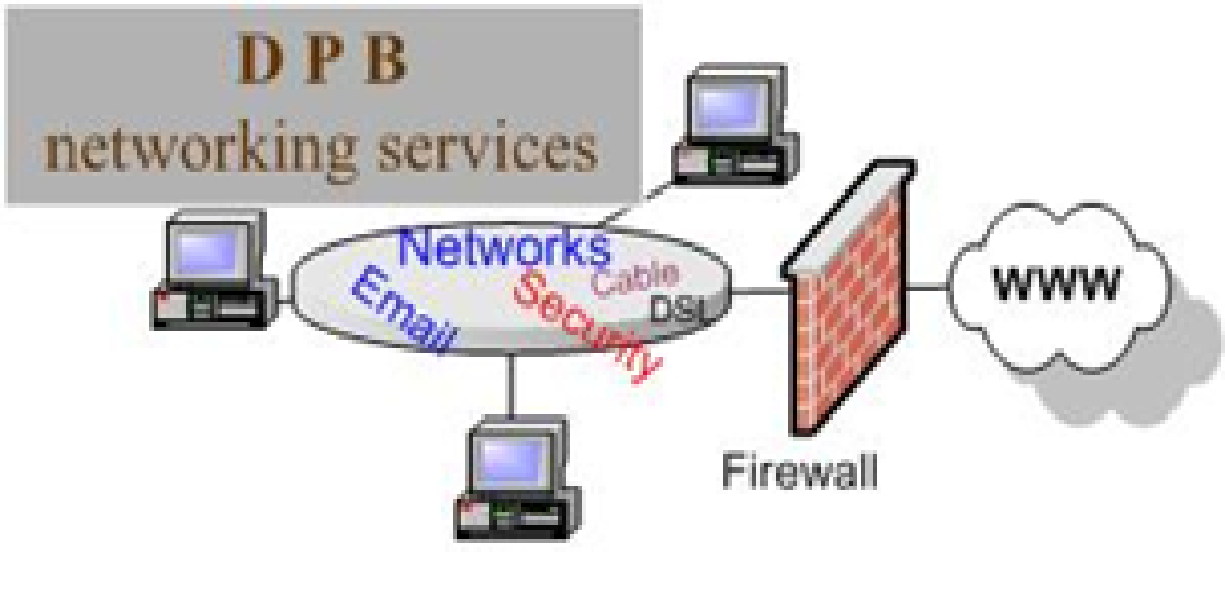Generally speaking, legal project management (LPM) is a lot like the old saying, “How do you eat an elephant? One bite at a time.” It’s about taking a large project and breaking it down into smaller bite-sized pieces. While this sounds easy enough, when it comes to creating an actual legal project management plan, you may find that the task is a bit more challenging than you anticipated.
I know this sounds incredibly redundant, but it really helps to have a plan for planning the plan. SuccessfulProjectManagement.com suggests a few simple questions that can help you best identify the individual responsibilities of the task. Over the next few blog posts, I’ll consider these questions and how to relate them to your legal project for efficient planning.
THE WHY
Start the legal project management process by considering the purpose for completing the project. What is the overall objective and desired scope of the matter? Determine what overall benefits you hope to provide for the clients.
For example, the benefit of a personal injury claim is financial compensation for the injured party. In a domestic relations matter, the benefit may be gaining child custody for your client.
Establishing an end goal guides the remainder of your project planning process.
THE WHAT
You contemplated the conclusion, now concentrate on the beginning. Consider your starting point. Has any work been completed on the case thus far?
Perhaps the client previously worked with another attorney or the case is in appeal status. You must know where you are before you can adequately figure out where you are going.
THE HOW
Now, it’s time to navigate your course between your starting point and the finish line.
What deliverables are necessary to meet the ultimate goal of the project? Go through the timeline of the case in your head and establish which milestone outcomes are necessary along the way.
Then, create a strategy for project implementation. It’s critical to consider what unforeseen circumstances may impede progress. What motions may be filed by opposing counsel? Are there any judicial orders which could get in the way of the team’s progress?
Once you identify these potential problems, do your best to accommodate for them in your strategy planning and determine what steps can be taken towards mitigation of these potential problems.
Don’t let LPM intimidate you. Take that elephant one bite at a time, until you create and implement a project that meets the needs of your client, while increasing your firm’s profitability. Ask yourself these three simple questions to efficiently start your legal project management planning session.
Stay tuned for two more posts that will assist you through the LPM planning process.
Learn how to use TimeSolv for Legal Project Management
About Erika Winston:
Erika Winston is a Virginia based writer with a passion for all things legal. As a former domestic relations attorney, she understands the challenge of determining the best fee structure for your practice. Erika is a regular contributor to TimeSolv and a variety of other publications.


















